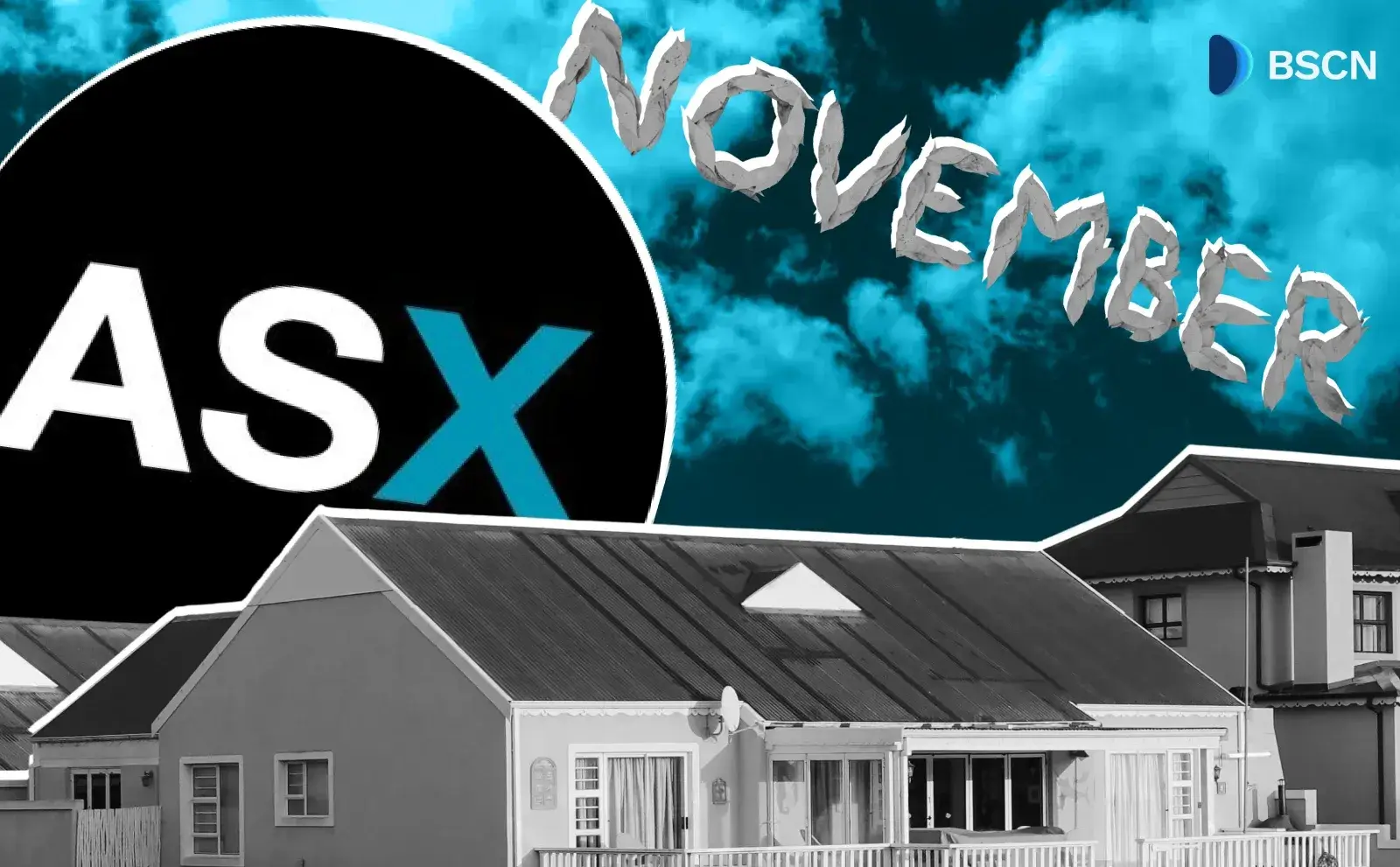News
(Advertisement)
Will Ethereum Bounce Back From its Recent Decline?

Ethereum trading volume has dropped, meaning bulls need stronger demand to push ETH back above resistance.
Soumen Datta
March 31, 2025
(Advertisement)
Table of Contents
Ethereum has long been hailed as Bitcoin’s top competitor. Yet, since February, it has faced a steep decline, shedding momentum and market dominance. Investors are now questioning whether ETH can recover—or if it’s losing its place in the crypto market.
Ethereum’s Worst Period Yet?
A recent Bloomberg report called this Ethereum’s most difficult phase as it moves toward its second decade. Developer activity is shrinking, early adopters are growing impatient, and ETH’s market performance has disappointed investors.
Ethereum’s market cap dropped from $480 billion in December to $218.62 billion on March 31, reflecting a loss of confidence. After reaching $4,034 last December, ETH fell to $1,800, this month marking a 55% price decline. Its market dominance has also plummeted, sliding from 17% to 8.3%.
Competition Is Closing In
While Ethereum struggles, rival blockchains are thriving. The number of developers working on Ethereum projects fell 17% in 2024, while Solana (SOL) surged, attracting 83% more developers year over year. Solana has also become the go-to chain for memecoins, which has further fueled its growth.
Meanwhile, Ripple’s XRP has overtaken Ethereum in performance. XRP gained 249% last year, boosting its market cap from $30 billion to $189 billion.
Ethereum’s poor price action has also impacted investor confidence. The Sharpe ratio, which measures risk-adjusted returns, has dropped to -0.69, signaling that ETH is both riskier and less rewarding than competing assets.
Is Leadership Holding Ethereum Back?
Some experts believe Ethereum’s struggles stem from leadership issues. Crypto analyst Ryan Watkins argues that Ethereum has failed to match its competitors in growth and innovation.
“It’s all about growth and leadership. If Ethereum had kept pace or outperformed its peers, none of these issues would matter,” Watkins said.
Bloomberg’s report also criticized Vitalik Buterin, Ethereum’s co-founder, for his reluctance to adapt. As rival networks build industry partnerships and engage regulators to drive adoption, Ethereum has reportedly focused solely on decentralization.
Unlike other projects, Buterin has refused to engage in political lobbying or collaborate with policymakers. While this stance aligns with Ethereum’s founding principles, it has left the blockchain isolated in an increasingly regulated industry.
Ethereum’s Last Hope: The Pectra Upgrade
Despite its struggles, Ethereum is preparing for a major upgrade. The upcoming Pectra upgrade, set to launch next month, could bring significant improvements.
What is Pectra?
Pectra is designed to enhance Ethereum’s usability and efficiency. The upgrade introduces Ethereum Wallets 2.0, a major step toward making transactions cheaper, faster, and more user-friendly.
Key Features of Ethereum Wallets 2.0
- Gas Fee Flexibility: Users can now pay transaction fees in cryptocurrencies other than ETH, making transactions more accessible.
- Passkey Security: A new passkey system enhances wallet security, reducing the risk of lost or stolen private keys.
- Faster Transactions: Wallets 2.0 eliminates the need for users to re-sign every transaction, making DeFi and NFT trading more efficient.
- Instant Smart Wallets: Users can now convert basic wallets into smart wallets with a simple signature, unlocking automation and improved security.
This update aims to simplify Ethereum transactions and attract new users. If successful, it could help Ethereum regain some of its lost market dominance.
Bearish Signals Remain: Can ETH Bounce Back?
While Pectra is promising, Ethereum’s price action remains weak. Its recent breakout attempt at $2,160 failed, showing that sellers still control the market.
Bearish Indicators Weigh on Ethereum
- Weak Trading Volume: Ethereum’s recent rally lacked buying pressure, making it easier for sellers to push prices lower.
- RSI (Relative Strength Index) is at 33.93, approaching the oversold region (below 30). This suggests a possible bounce soon.
- MACD (Moving Average Convergence Divergence) is in a bearish phase, with the blue MACD line below the signal line and red histogram bars, signaling downward momentum.
For Ethereum to regain investor confidence, it needs to break above $2,000 and sustain momentum. Until then, the downtrend may persist as traders look to alternative assets with better short-term potential.
Support Levels to Watch
1. $1,700 - $1,750 Zone: This level has acted as strong support multiple times in 2021 and 2022. The price has approached this zone again, and a bounce from here would confirm it as support.
2. $1,450 - $1,500 Zone: This area was a key accumulation zone in mid-2022 and early 2023. If ETH breaks below $1,700, this could be the next major support level.
3. The next major support level lies at $902, which has historically acted as a strong price floor. If Ethereum falls to this level, it may enter a prolonged bear phase.
Ethereum faces one of its toughest periods yet. Its market dominance is shrinking, investor sentiment is bearish, and competition is intensifying. However, the upcoming Pectra upgrade and Wallets 2.0 improvements could provide a much-needed boost.
Read Next...
Disclaimer
Disclaimer: The views expressed in this article do not necessarily represent the views of BSCN. The information provided in this article is for educational and entertainment purposes only and should not be construed as investment advice, or advice of any kind. BSCN assumes no responsibility for any investment decisions made based on the information provided in this article. If you believe that the article should be amended, please reach out to the BSCN team by emailing [email protected].
Author
 Soumen Datta
Soumen DattaSoumen has been a crypto researcher since 2020 and holds a master’s in Physics. His writing and research has been published by publications such as CryptoSlate and DailyCoin, as well as BSCN. His areas of focus include Bitcoin, DeFi, and high-potential altcoins like Ethereum, Solana, XRP, and Chainlink. He combines analytical depth with journalistic clarity to deliver insights for both newcomers and seasoned crypto readers.
(Advertisement)
Latest News
(Advertisement)
Crypto Project & Token Reviews
Project & Token Reviews
Comprehensive reviews of crypto's most interesting projects and assets
Learn about the hottest projects & tokens














